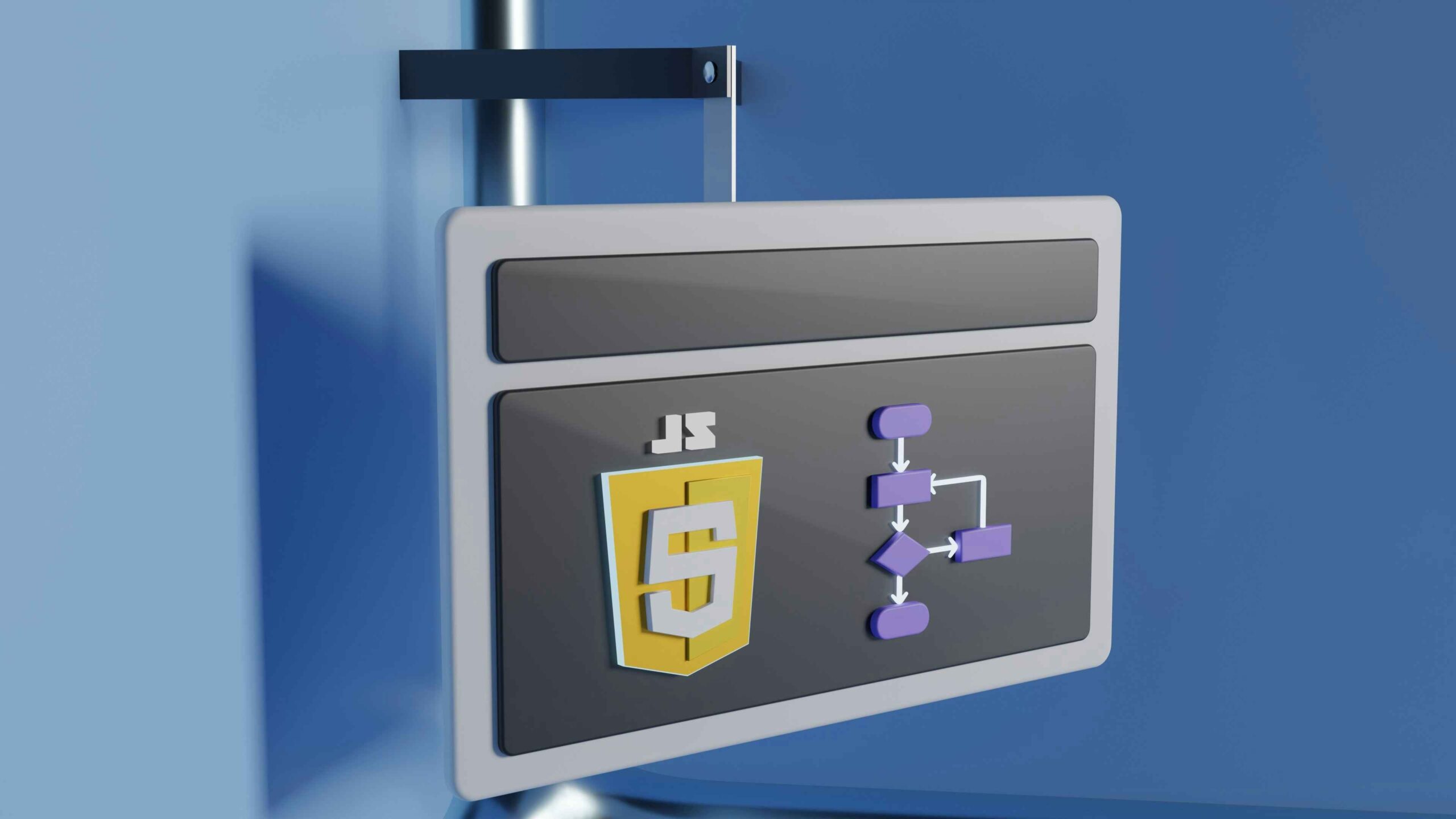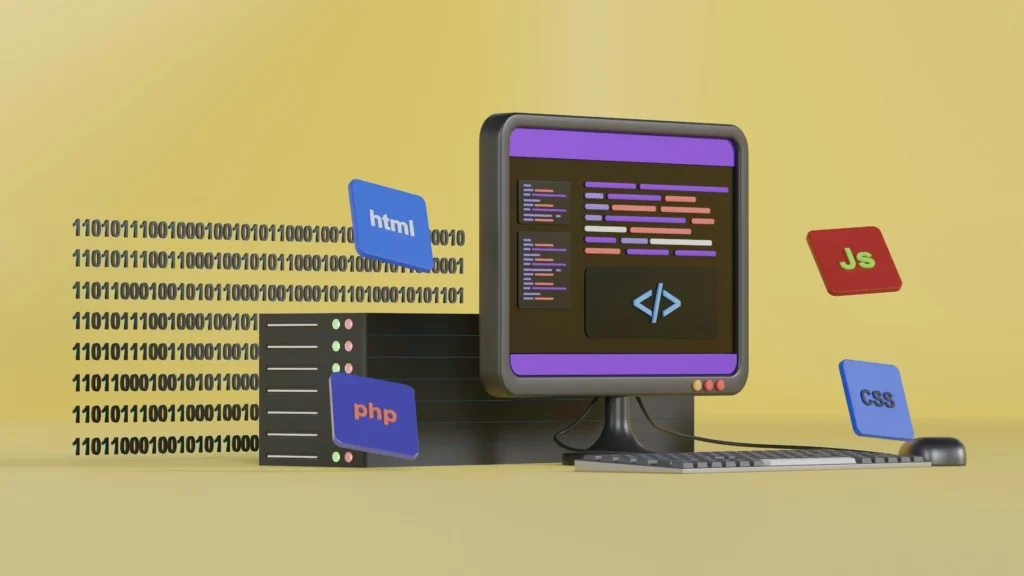Why Is JavaScript Used in Web Development
ghifari
July 21, 2024
7 min read

JavaScript is one of the most essential and versatile programming languages in the world of web development. Its importance cannot be overstated, as it forms the backbone of interactive and dynamic web applications. In this comprehensive article, we will delve into the reasons why JavaScript is so integral to web development, exploring its history, features, advantages, and real-world applications. By the end of this article, you will have a thorough understanding of why JavaScript continues to dominate the web development landscape.
A Brief History of JavaScript
JavaScript was created in 1995 by Brendan Eich while he was working at Netscape Communications Corporation. Initially named Mocha, it was later renamed to LiveScript before finally settling on JavaScript. Despite its name, JavaScript is not related to Java; the naming was a marketing strategy to leverage the popularity of Java at the time.
JavaScript was designed to be a lightweight, interpreted language for creating interactive web pages. It quickly gained popularity due to its simplicity and flexibility, becoming a core technology alongside HTML and CSS.
Core Features of JavaScript
1. Interactivity
JavaScript brings interactivity to web pages. It allows developers to create dynamic content that responds to user actions, such as clicks, mouse movements, and keyboard inputs. This interactivity is crucial for modern web applications, enhancing user experience and engagement.
2. Client-Side Scripting
JavaScript runs on the client side (i.e., the user’s browser), which means it can execute tasks without needing to communicate with the server. This reduces server load and provides faster response times, leading to a smoother and more efficient user experience.
3. Event Handling
JavaScript provides robust event handling capabilities, enabling developers to create responsive and interactive web applications. Events such as clicks, form submissions, and page loads can trigger JavaScript functions, allowing for complex user interactions.
4. Manipulation of the Document Object Model (DOM)
The DOM is a programming interface for HTML and XML documents, representing the structure of a web page. JavaScript can interact with the DOM to dynamically update content, styles, and elements without needing to reload the entire page.
5. Asynchronous Programming
JavaScript supports asynchronous programming through features like callbacks, promises, and async/await. This allows developers to perform tasks like data fetching and processing in the background without blocking the main execution thread, resulting in a more responsive application.
6. Cross-Browser Compatibility
JavaScript is supported by all major web browsers, ensuring that applications can reach a wide audience. Although there are occasional discrepancies in implementation, modern tools and frameworks help mitigate these issues, providing a consistent experience across different platforms.
Advantages of Using JavaScript in Web Development
1. Enhanced User Experience
JavaScript enables the creation of interactive and engaging web applications. Features like dynamic content updates, real-time form validation, and interactive graphics improve the overall user experience, making websites more intuitive and enjoyable to use.
2. Performance and Speed
Since JavaScript runs on the client side, it can perform tasks independently of the server. This reduces the need for constant server communication, resulting in faster load times and smoother performance. Techniques like lazy loading and asynchronous processing further enhance performance.
3. Versatility and Flexibility
JavaScript is a versatile language that can be used for both front-end and back-end development. With the advent of Node.js, JavaScript has expanded its reach to server-side development, enabling developers to use a single language across the entire application stack.
4. Rich Ecosystem and Community Support
JavaScript boasts a vast ecosystem of libraries, frameworks, and tools that streamline the development process. Popular frameworks like React, Angular, and Vue.js provide powerful abstractions for building complex applications. Additionally, the active JavaScript community offers extensive resources, tutorials, and support.
5. Integration with Other Technologies
JavaScript seamlessly integrates with other web technologies, such as HTML and CSS. It can also interact with APIs and third-party services, enabling developers to incorporate external data and functionality into their applications. This interoperability makes JavaScript an essential tool for modern web development.
Real-World Applications of JavaScript
1. Single Page Applications (SPAs)
Single Page Applications are web applications that load a single HTML page and dynamically update content as the user interacts with the application. JavaScript frameworks like React and Angular are commonly used to build SPAs, providing a smooth and seamless user experience.
2. Progressive Web Apps (PWAs)
Progressive Web Apps combine the best features of web and mobile applications. They can be accessed through a browser but offer native app-like experiences, including offline functionality, push notifications, and access to device hardware. JavaScript is a key technology in developing PWAs.
3. Real-Time Applications
Real-time applications, such as chat applications, online gaming, and live streaming services, rely heavily on JavaScript. Technologies like WebSockets and libraries like Socket.io enable real-time communication between the client and server, facilitating instant updates and interactions.
4. Data Visualization
JavaScript is widely used for data visualization, with libraries like D3.js and Chart.js providing powerful tools for creating interactive charts, graphs, and maps. These visualizations help users understand complex data sets and make informed decisions.
5. E-Commerce Platforms
E-commerce websites benefit from JavaScript’s ability to create dynamic and interactive user interfaces. Features like product filters, real-time inventory updates, and personalized recommendations enhance the shopping experience, driving customer engagement and sales.
6. Content Management Systems (CMS)
JavaScript is often used in the development of content management systems, enabling features like real-time content editing, drag-and-drop interfaces, and customizable themes. Headless CMS solutions, which separate the front-end and back-end, often rely on JavaScript for the front-end layer.

Popular JavaScript Frameworks and Libraries
1. React
Developed and maintained by Facebook, React is a widely-used JavaScript library for building user interfaces. Its component-based architecture and virtual DOM enable efficient rendering and reusability of UI components, making it ideal for large-scale applications.
2. Angular
Angular, maintained by Google, is a comprehensive framework for building dynamic web applications. It provides a robust set of tools and features, including two-way data binding, dependency injection, and a powerful CLI, making it suitable for complex projects.
3. Vue.js
Vue.js is a progressive framework for building user interfaces. It is known for its simplicity and ease of integration, making it a popular choice for both small and large projects. Vue.js provides a flexible architecture that allows developers to incrementally adopt its features.
4. Node.js
Node.js is a runtime environment that allows JavaScript to be executed on the server side. It is built on the V8 JavaScript engine and provides an event-driven, non-blocking I/O model, making it efficient for building scalable and high-performance applications.
5. Express.js
Express.js is a minimal and flexible Node.js framework that simplifies the development of web and mobile applications. It provides a robust set of features for building APIs and web applications, making it a popular choice for back-end development.
6. jQuery
Although less prevalent in modern development, jQuery is a fast, small, and feature-rich JavaScript library. It simplifies HTML document traversal, event handling, and animation, providing an easy-to-use API that works across a multitude of browsers.
The Future of JavaScript in Web Development
JavaScript continues to evolve, with new features and improvements being introduced regularly. The ECMAScript (ES) specification, which standardizes JavaScript, undergoes yearly updates, ensuring that the language remains modern and capable.
Emerging trends like serverless computing, WebAssembly, and the rise of JAMstack architecture indicate that JavaScript will remain a dominant force in web development. Its versatility, performance, and extensive ecosystem position it as an indispensable tool for building the next generation of web applications.
Conclusion
JavaScript’s ubiquity in web development is a testament to its power and versatility. From enhancing user experience and performance to enabling complex interactions and real-time applications, JavaScript plays a crucial role in shaping the modern web. Its rich ecosystem, community support, and seamless integration with other technologies make it an invaluable asset for developers.
As the web continues to evolve, JavaScript will undoubtedly remain at the forefront, driving innovation and enabling the creation of dynamic, interactive, and high-performing web applications. Whether you are a seasoned developer or just starting out, mastering JavaScript is essential for navigating the ever-changing landscape of web development.
Related Article
How to Choose the Best Web Development Framework for Your Project
In the fast-paced world of web design, choosing the right web... In the fast-paced world of web design, choosing the right web development framework can make or break your project. With countless options...
10 Essential Skills Every Web Developer Should Learn
Photo by Joshua Aragon on Unsplash In today’s tech-driven world,... Photo by Joshua Aragon on Unsplash In today’s tech-driven world, web development is one of the most in-demand careers. Whether...
Top Web Development Trends in 2024: What’s New in Tech?
Photo by Andrew Neel on Unsplash The web development landscape... Photo by Andrew Neel on Unsplash The web development landscape is constantly evolving, and 2024 is shaping up to be...



